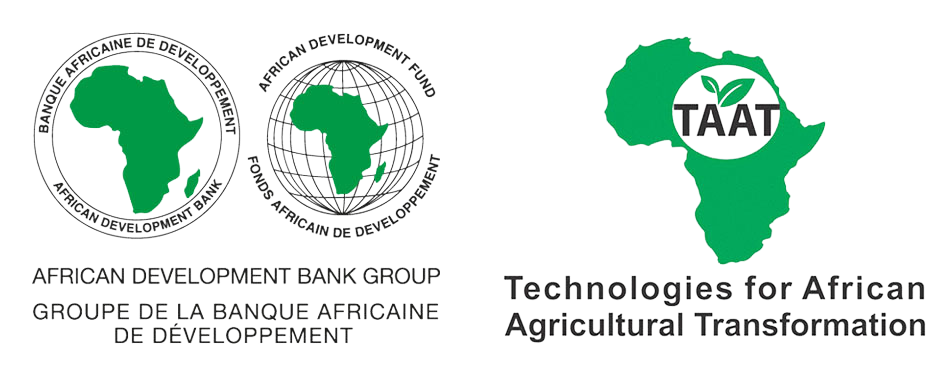

Turning business ideas into investment-ready plans!
Enterprises can access the BID Tools via a web platform or as an Excel download, ensuring flexibility for both office and field use. It is compatible with Windows, Android, and iOS devices, making it practical for business owners and staff working on multiple devices. The tool is in English and requires internet access for online functions, but the Excel version works offline with occasional internet updates, supporting SMEs even in low-connectivity areas.
This technology is pre-validated.
Open source / open access
For business leaders, the BID Tool offers a structured approach to planning, financial management, and risk mitigation. The key considerations below focus on what companies need to do to maximize profits, efficiency, and partnership opportunities.
Adults 18 and over: Positive high
Adult farmers, entrepreneurs, cooperative members, and tissue culture lab staff are the primary users of the tool. They gain capacity in business planning, improve profitability, reduce financial risks, and create jobs through stronger seed enterprises.
Others: Positive low
Youth, People with Disabilities: The BID Tool is user-friendly and accessible even to those with limited business training, making it suitable for youth-led enterprises, start-ups, and inclusive cooperatives. It opens opportunities for marginalized groups to participate in seed systems, generate income, and build confidence in agribusiness
The poor: Positive high
Poor farmers and seed entrepreneurs benefit from more sustainable and profitable business models. By preventing oversupply and hidden losses, the tool helps protect scarce resources and increases income. Stronger seed businesses also improve the availability of affordable, quality planting materials for poor farmers.
Under 18: Positive medium
The BID Tool is not directly used by children, but by strengthening seed enterprises, it improves household food security and incomes. This means more resources for school fees, nutrition, and health, creating long-term benefits for children under 18.
Women: Positive high
he tool lowers barriers for women-led seed enterprises by simplifying financial planning. Women can better manage costs, attract financing, and expand their businesses. This empowers them economically and strengthens their role in decision-making within seed systems.
Farmer climate change readiness: Significant improvement
The tool supports scenario and sensitivity analysis, allowing enterprises to test “what-if” conditions (e.g., higher costs, lower sales, or shocks). This builds financial resilience and helps farmers prepare for uncertain climate and market conditions.
Environmental health: Moderately improves environmental health
By preventing resource wastage (land, inputs, labor) and encouraging efficiency, the BID Tool reduces environmental stress and supports healthier production systems.
Scaling Readiness describes how complete a technology’s development is and its ability to be scaled. It produces a score that measures a technology’s readiness along two axes: the level of maturity of the idea itself, and the level to which the technology has been used so far.
Each axis goes from 0 to 9 where 9 is the “ready-to-scale” status. For each technology profile in the e-catalogs we have documented the scaling readiness status from evidence given by the technology providers. The e-catalogs only showcase technologies for which the scaling readiness score is at least 8 for maturity of the idea and 7 for the level of use.
The graph below represents visually the scaling readiness status for this technology, you can see the label of each level by hovering your mouse cursor on the number.
Read more about scaling readiness ›
Semi-controlled environment: prototype
Common use by projects NOT connected to technology provider
| Maturity of the idea | Level of use | |||||||||
| 9 | ||||||||||
| 8 | ||||||||||
| 7 | ||||||||||
| 6 | ||||||||||
| 5 | ||||||||||
| 4 | ||||||||||
| 3 | ||||||||||
| 2 | ||||||||||
| 1 | ||||||||||
| 1 | 2 | 3 | 4 | 5 | 6 | 7 | 8 | 9 | ||
| Country | Testing ongoing | Tested | Adopted |
|---|---|---|---|
| Kenya | –No ongoing testing | Tested | Adopted |
| Nigeria | –No ongoing testing | Tested | Adopted |
| Tanzania | –No ongoing testing | Tested | Adopted |
| Uganda | –No ongoing testing | Tested | Adopted |
This technology can be used in the colored agro-ecological zones. Any zones shown in white are not suitable for this technology.
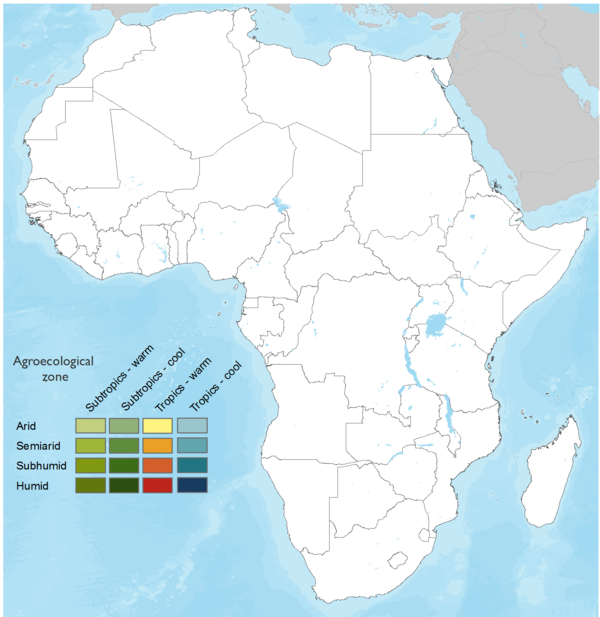
















| AEZ | Subtropic - warm | Subtropic - cool | Tropic - warm | Tropic - cool |
|---|---|---|---|---|
| Arid | ||||
| Semiarid | ||||
| Subhumid | ||||
| Humid |
Source: HarvestChoice/IFPRI 2009
The United Nations Sustainable Development Goals that are applicable to this technology.
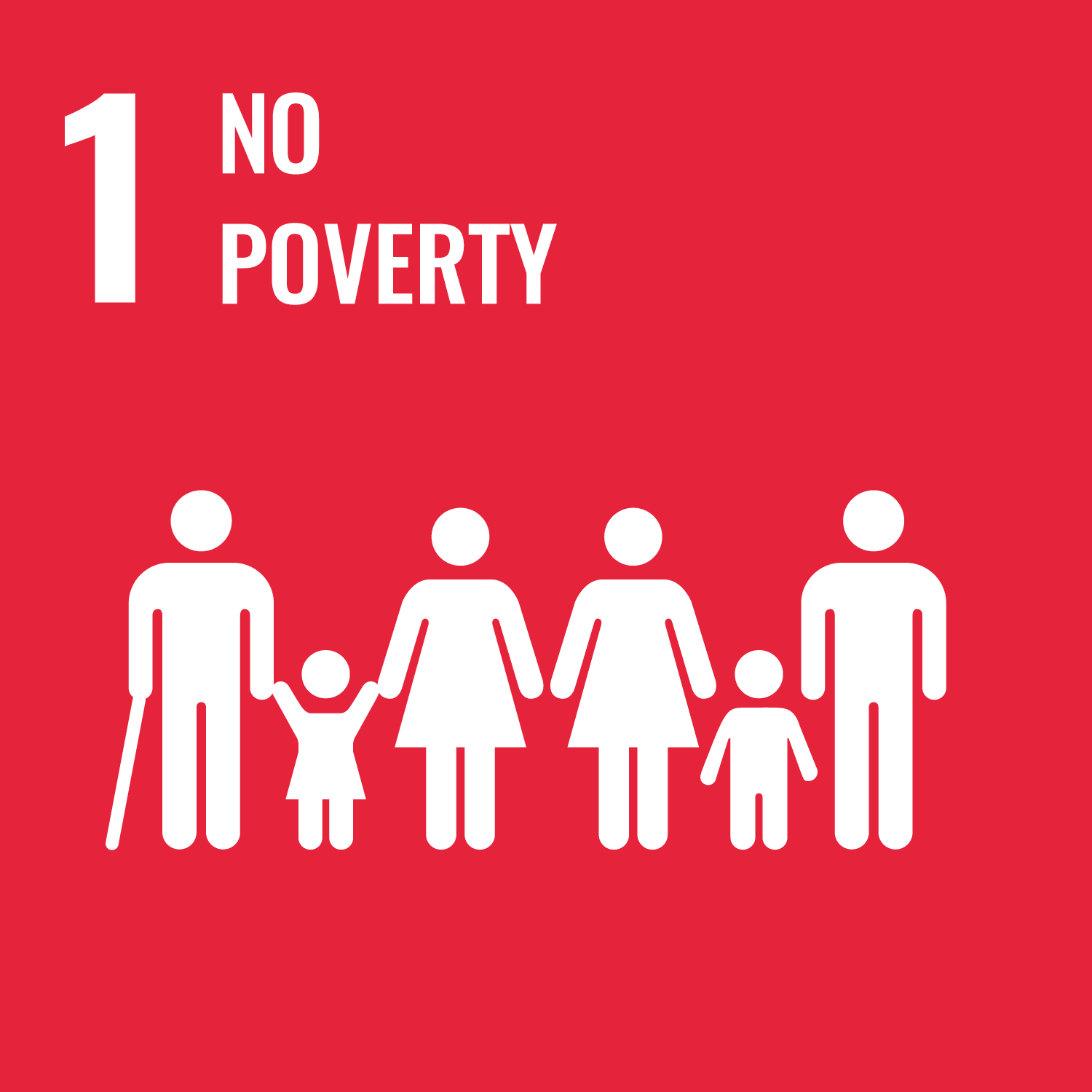
Increases income for farmer-led enterprises, cooperatives, and tissue culture labs by reducing financial risks and improving profitability.
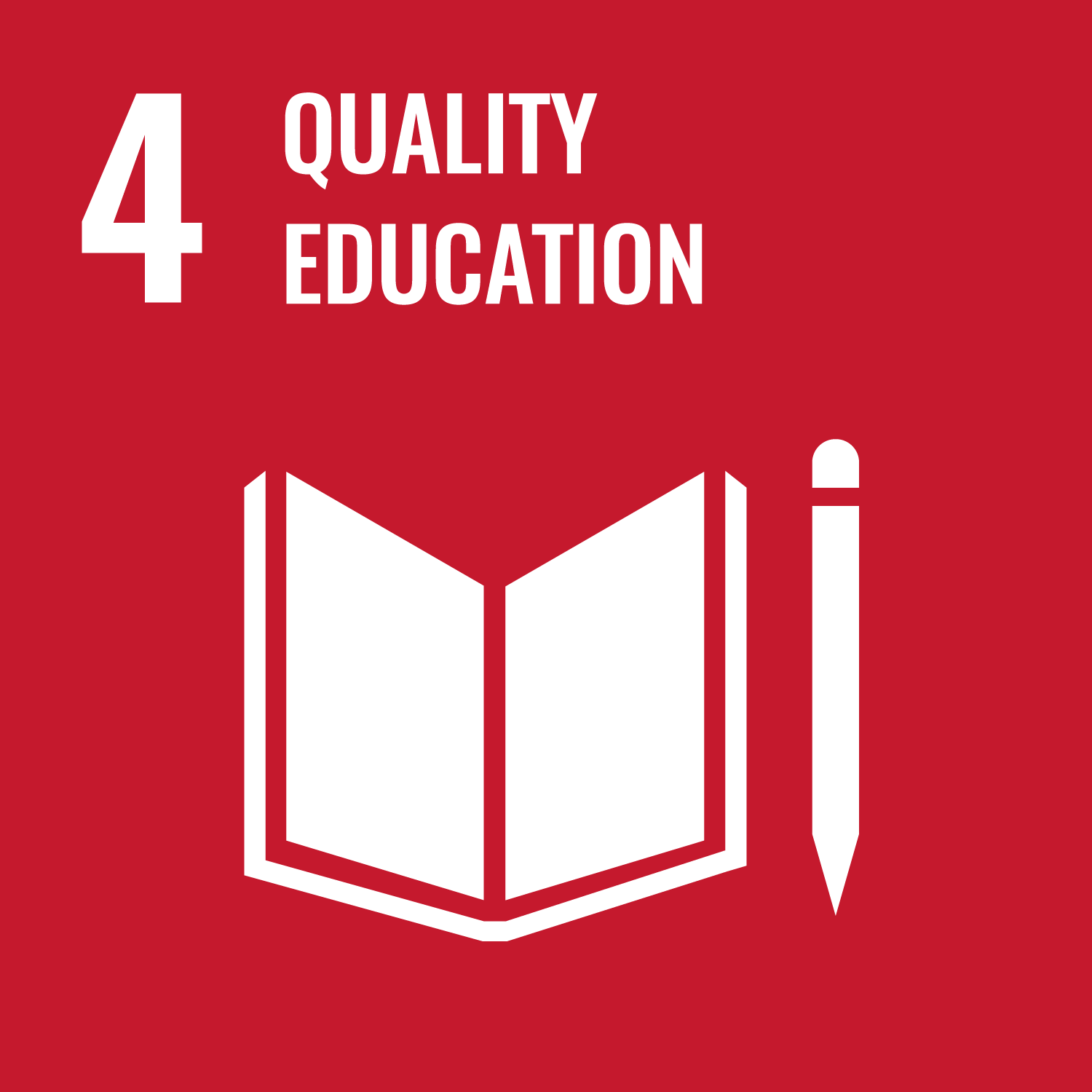
Builds business and financial literacy for seed entrepreneurs, youth, cooperatives, and TC lab staff through practical planning and training.

Empowers women-led seed enterprises and TC labs with accessible financial planning tools, strengthening their role in seed systems.
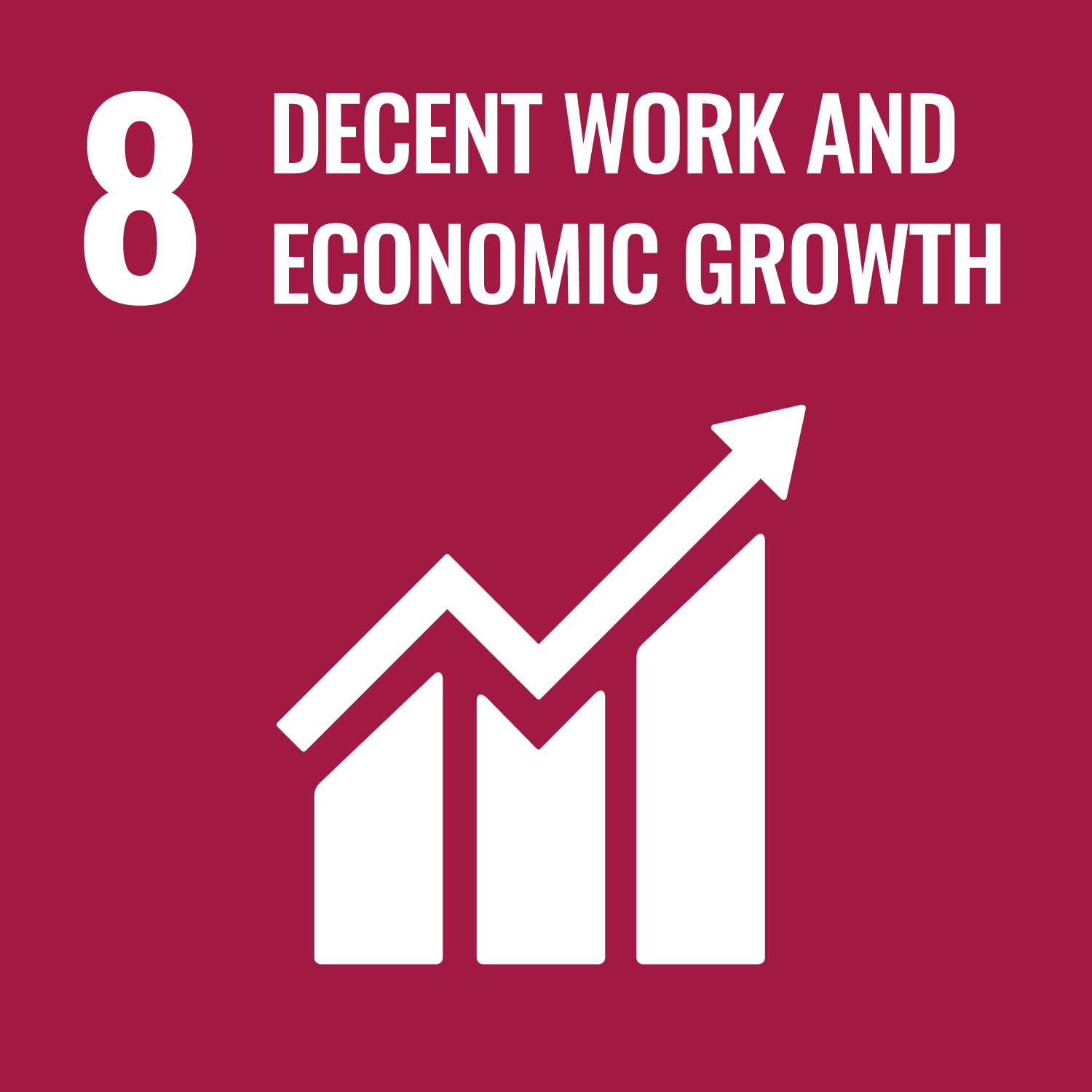
Creates jobs and improves enterprise performance by enabling sustainable seed businesses across both field-based enterprises and laboratories.
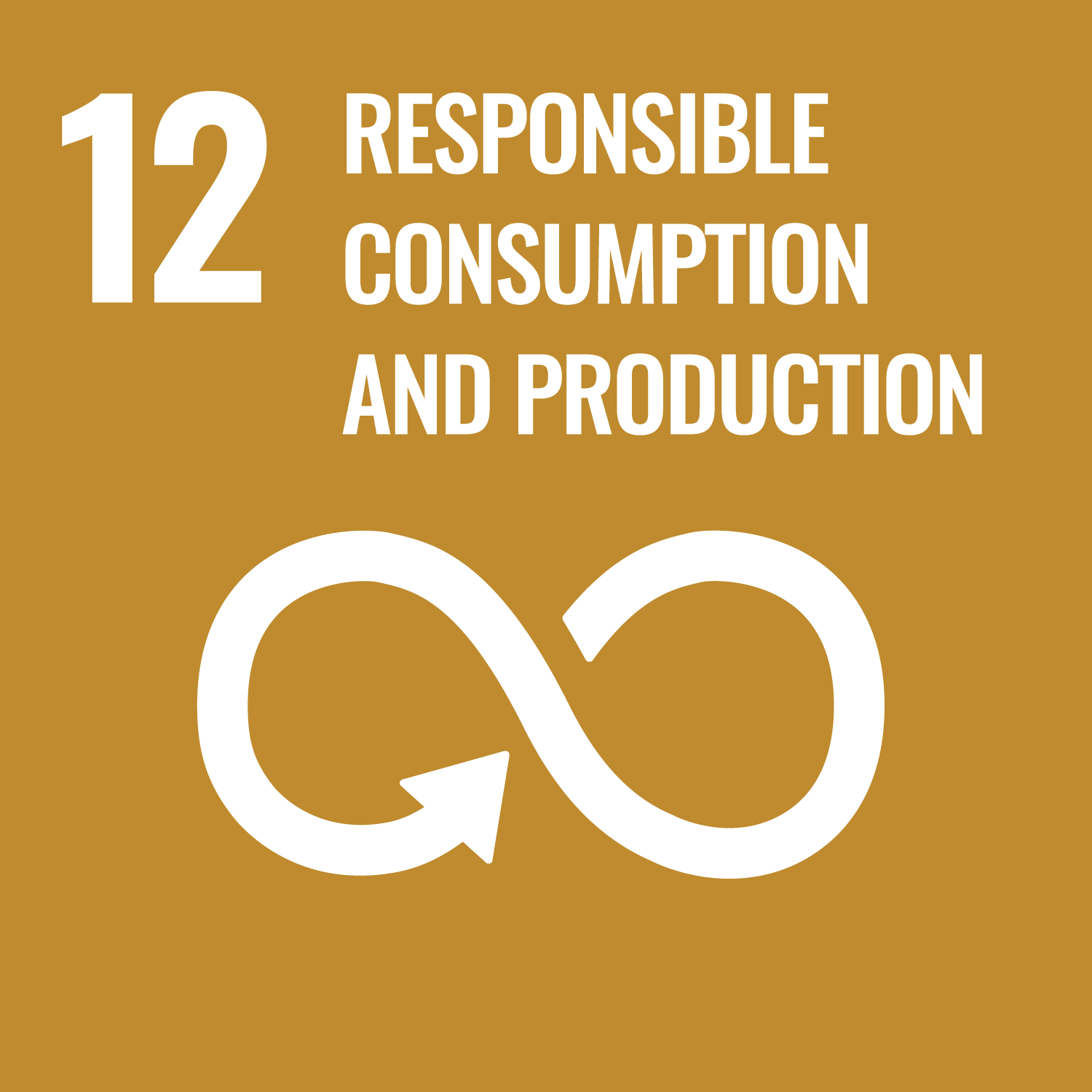
Reduces waste and inefficiencies in seed production by aligning outputs from TC labs and multipliers with market demand.
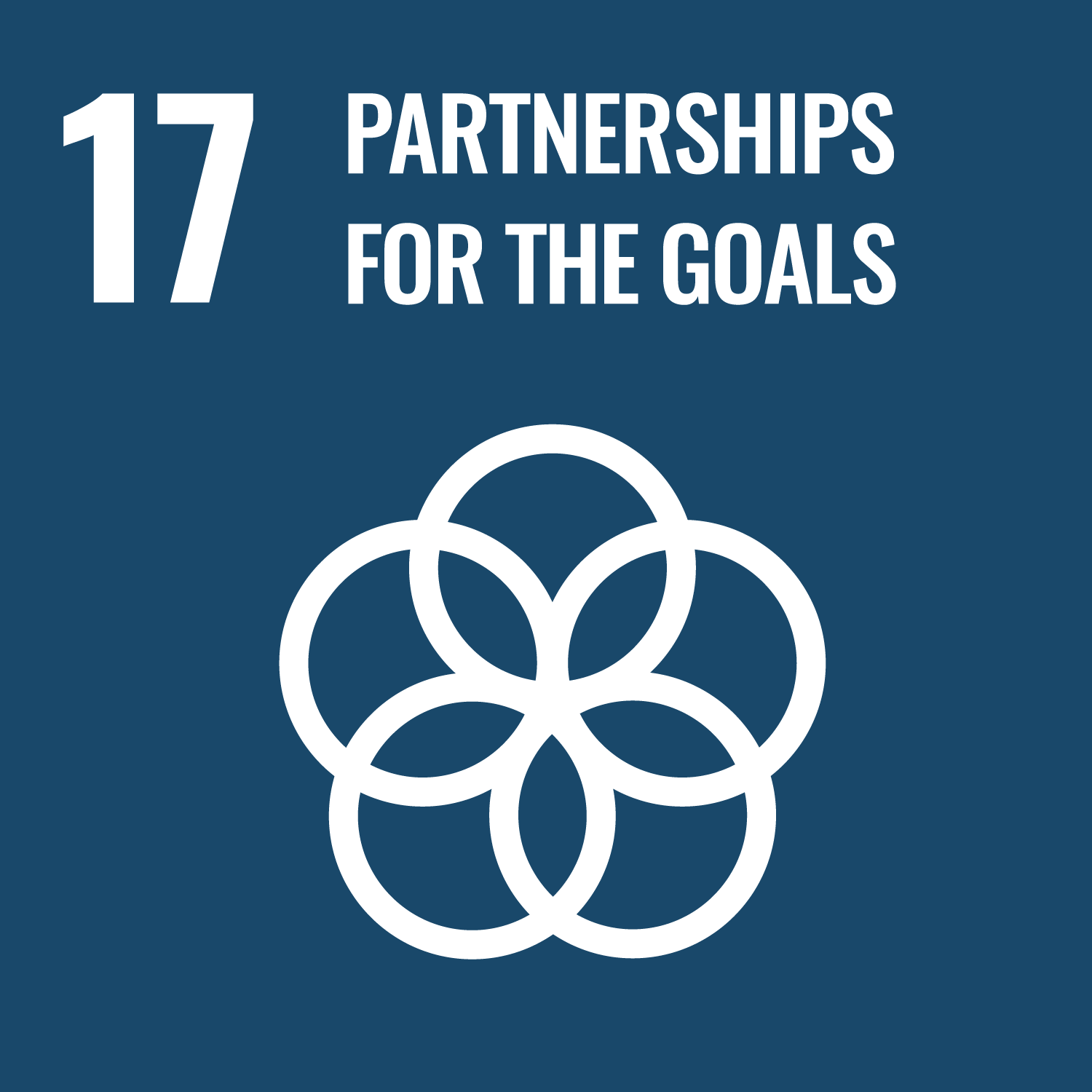
Strengthens collaboration among research institutes, NGOs, TC labs, farmer cooperatives, and private seed actors.
Web: http://bidtool.cipotato.org
Open the tool & sign in
Log in or register on the web version, or use the Excel version for offline work.
Start a new business plan
Enter your business background: mission, vision, objectives, sectors, products/services, customer segments, and organizational structure. This forms the foundation for all calculations.
Scan your context
Complete the SWOT and PESTEL sections to capture real market opportunities, risks, and regulations.
Define your business model
Fill in the Value Proposition Canvas (VPC) and Business Model Canvas (BMC) to clarify who you serve, how you deliver, and how you earn revenue.
Map operations
List workflow stages from inputs to sales, linking products to stages so costs and outputs are correctly tracked.
Enter costs & sales
Add consumables, labor, assets/equipment, overheads, and Year-1 monthly sales projections (override auto-generated prices if needed).
Generate financials automatically
The tool creates Profit & Loss (5 years), Cash Flow, Balance Sheet, and Revolving Fund reports—showing revenues, expenses, and liquidity over time.
Check ratios automatically
Review profitability, liquidity, efficiency, and solvency/coverage ratios to evaluate business health and scalability.
Test “what-if” scenarios
Use Sensitivity Analysis (price, production cost, discount rate) to see how profits and risks change before investing.
Assess value & feasibility
View NPV, IRR, ROI, payback period, and optional valuations (DCF, asset-based, earnings multiplier) to confirm viability for investors or lenders.
Plan partnerships & risks
Complete the Partnership Canvas (who contributes what) and Risk Matrix (likelihood × impact) with mitigation steps.
Download & share
Export your business plan and reports (web or Excel) for internal approval, financing, or partner discussions.
In summary, enter your business basics, add costs and sales, and the BID Tool turns your inputs into a complete business plan with clear profitability, cash flow, and investment metrics.
Last updated on 29 September 2025